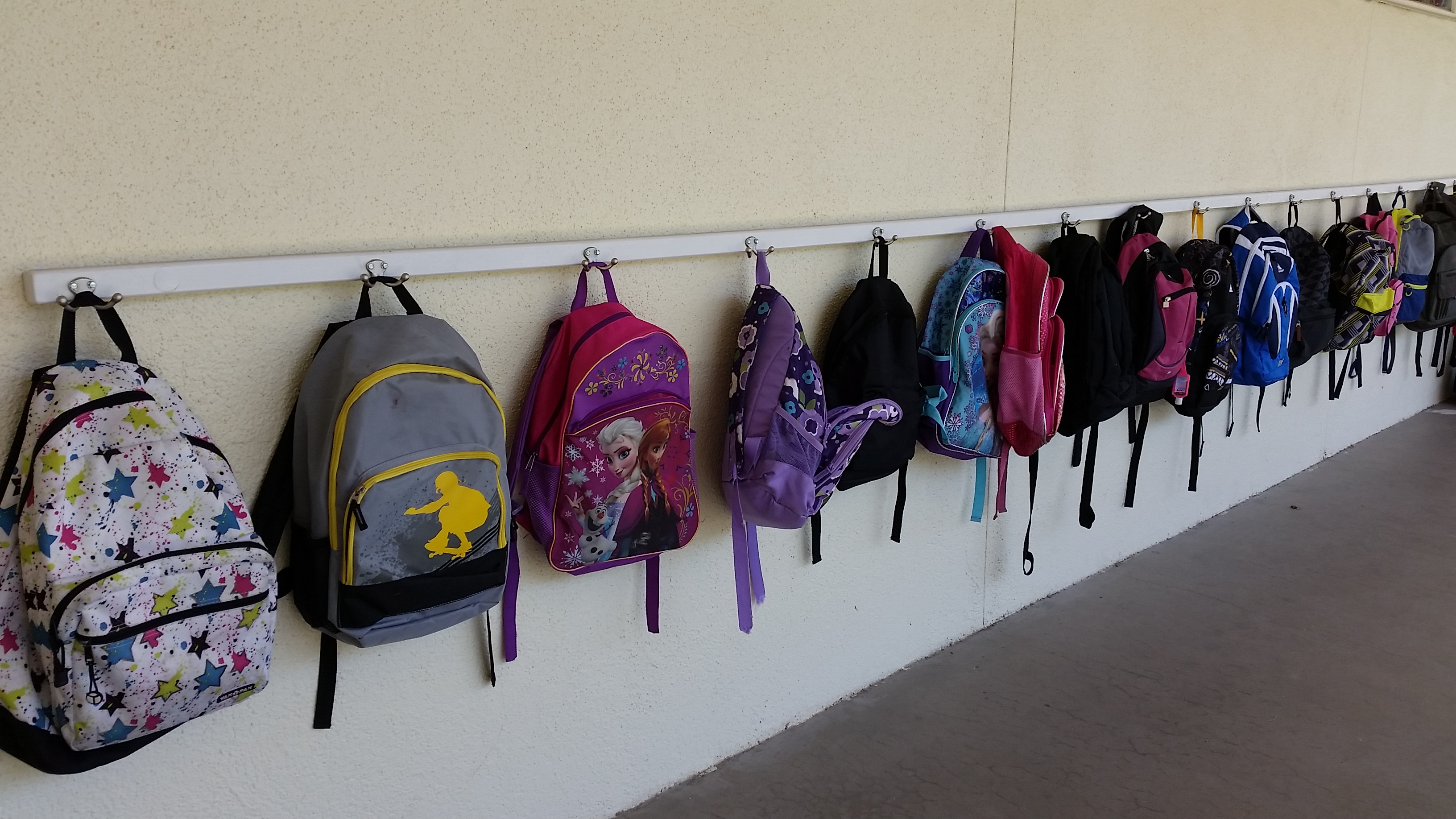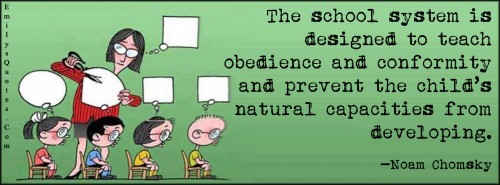It is obvious to me that the ability to reflect effectively is essential when it comes to both teaching and learning.
In the past, I may have thought about reflection as being a fairly passive, ‘wishy-washy’ type of exercise. To me it only concerned those who were thinkers and not do-ers, however through reading and research I have turned my view around. REAL reflection is an action!
The act of reflection involves not only thinking about and evaluating what you have read, or what you have done, but also what this means for your future actions.
My research has led me to 3 key theorists regarding reflective learning: Kolb, Schon and Gibbs.
Kolb (1984) devised the reflective cycle (below) which emphasises the continual nature of reflection and how each stage influences the next. This is helpful to me as a learner because I can see how the process of reflection can impact on my ability to absorb information and develop my own ideas. I believe that it will also be very relevant to me as a teacher as the ability to reflect on my approaches and lessons will allow me to identify any areas of weakness, as well as ways in which I can approach them.
Schon (1983) split reflection into 2 categories:
- reflecting in action (whilst taking action)
- reflecting on action (after the action)
The first type of reflection is one in which a teacher must be very skilled. They must be able to assess the learning that  is taking place and the effectiveness for their pupils, while being realistic and flexible enough to make alterations if appropriate. I didn’t realise it until now, but I have used this form of reflection while working within nurseries. Occasionally I would come to the children with a carefully planned activity which had taken me a long time and I was very pleased with. I had clear learning goals and I was adamant that it would work well, however when putting it into practice I found that the children were not engaged. At this point I needed to quickly deduce the reasons that the activity was not working, and make changes.
is taking place and the effectiveness for their pupils, while being realistic and flexible enough to make alterations if appropriate. I didn’t realise it until now, but I have used this form of reflection while working within nurseries. Occasionally I would come to the children with a carefully planned activity which had taken me a long time and I was very pleased with. I had clear learning goals and I was adamant that it would work well, however when putting it into practice I found that the children were not engaged. At this point I needed to quickly deduce the reasons that the activity was not working, and make changes.
The Gibbs cycle of reflection (1988) breaks down the steps involved in reflection even further, acting as a useful practical tool which I will use to develop my reflective skills:
I believe that taking a pride in your work involves engaging with active reflection. Teachers are encouraged to engage with Career Long Professional Learning (CLPL) which allows them to remain up to date with new approaches, however without effective reflection these new ideas will not be integrated into current practice meaning that no-one will see the benefit. The GTC standards state that both a student and a fully registered teacher must
reflect and engage in self evaluation using the relevant professional standard;
In order to meet this standard I will continue to develop my own reflection skills through use of this blog as well as in less formal situations such as discussions with peers.
Sources
http://www.learningandteaching.info/learning/reflecti.htm
https://ctl.curtin.edu.au/teaching_learning_practice/student_centred/reflective.cfm















